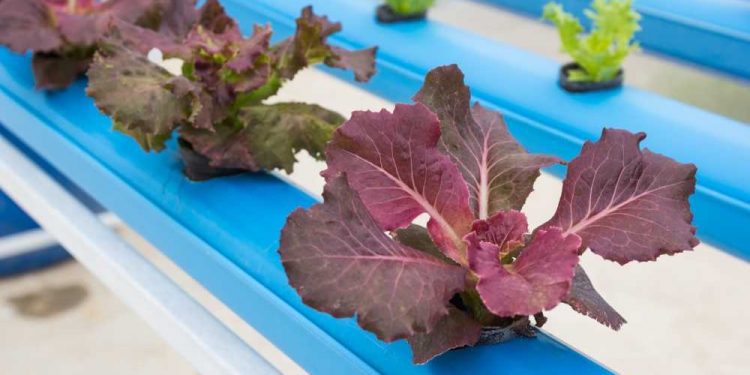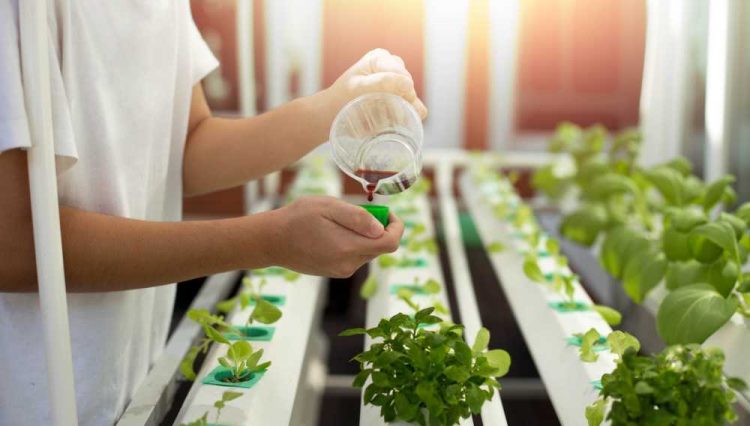Exciting and extremely rewarding, the DIY approach to hydroponic systems has changed the way people look at growing their own vegetables and fruits. You can actually grow plants indoors or outdoors depending on the space you have available in your existing hydroponic setup.
Use inexpensive materials to get started in hydroponics, a lucrative gardening practice that provides all the necessary organic nutrients you need in your fruits and vegetables.
The moment you get started, you realize this is a fun exercise that turns into a passion as time passes by. It gives you a great chance to innovative and nurture crops without the use of soil and in extremely challenging conditions. The system gets easier when you are guided by a well-established setup that takes hydroponics to the next level with the use of cheap materials.
Choose A Hydroponic System Best Suited For Your Needs
Once you have decided on the hydroponic setup you need to follow, follow the guidelines to complete the setup. Though there are several innovations made in the way hydroponics is introduced indoors and outdoors, the basic DIY approach remains the same. It must be easy to set up at manageable cost.
- Ebb and Flow – The use of plastic trays mounted on top of a reservoir makes this system very popular and easy to manage. All you need is tubing pumping nutrient-filled water into these trays from the reservoir. The solution remains in place until nutrients are absorbed by the plant roots, then flow back into the reservoir until the next cycle. Automate the process with the help of timers and float switches to increase the number of plastic trays while you reduce the time needed to run the system.
How to Set Up Your Hydroponic System
Step 1- Find the right location
Your hydroponic setup at a specific location dictates the cost involved in buying the materials needed for this system. For example, a floating tray system is inexpensive wherein all you need to do is protect the roots from excessive heat and light, and pests.
This system can be set up indoors or outdoors, depending on the type of hydroponic plants and space available for them to thrive in the growing chambers. Let your imagination run wild to come up with innovative ideas.
Step 2 – Use the right components for assembly
PVC pipes are readily available in the market. Grab a few 6-inch PVC pipes to set up your hydroponic system. Larger PVC pipes are used to form the growing chamber, while an assembly of smaller gauge pipes is used to pump nutrient-filled water into the system.
Nutrients rise up through these small pipes to nourish the roots while the plants grow upwards through 6-inch gaps constructed along those large-gauge plastic PVC pipes. This hydroponic setup can always be extended, so it’s a good idea to leave space for additional growing chambers, especially outside the home.
Step 3 – Proportion of nutrients in water
Usually, the fertilizer manufacturer specifies the amount of nutrients to be added into the water. If you employ a simple system, just space out the plants so that they receive enough oxygen and direct sunlight.
The chambers are dark and cool to protect the roots from damage. This smaller system is easy to understand. You have a fairly good idea of the amount of nutrients needed and when they must be replenished.
Step 4 -Set up a manageable reservoir
Depending on your needs, the size of the reservoir can vary. However, it must be placed at a convenient location where a submersible pump pushes the nutrient solution into the hydroponic setup, then allows the water to drain back into the reservoir.
This is possible when the reservoir is placed in line with the solution or is designed to increase suction with low volumes of air. Users prefer PVC reservoirs to hold the water, as it is lightweight and can be cleaned easily.
Step 5 – Automate the delivery with cheap materials
Grab the chance to automate the entire process with the help of a simple timer, LED lights, and pump. Make a rough cost estimate of these components before assembling the system. Calculate the cost of accessories including timer, optional LED lights for indoor systems, and submersible air pump needed to innovate your hydroponic system.
Choose the right system to avoid costly assembly errors and to lower the overall cost of your project. Learn about a step-by-step system specifically designed to serve your immediate needs, then expand your range by introducing new systems with the help of this hydroponic setup guide compiled by experts.


